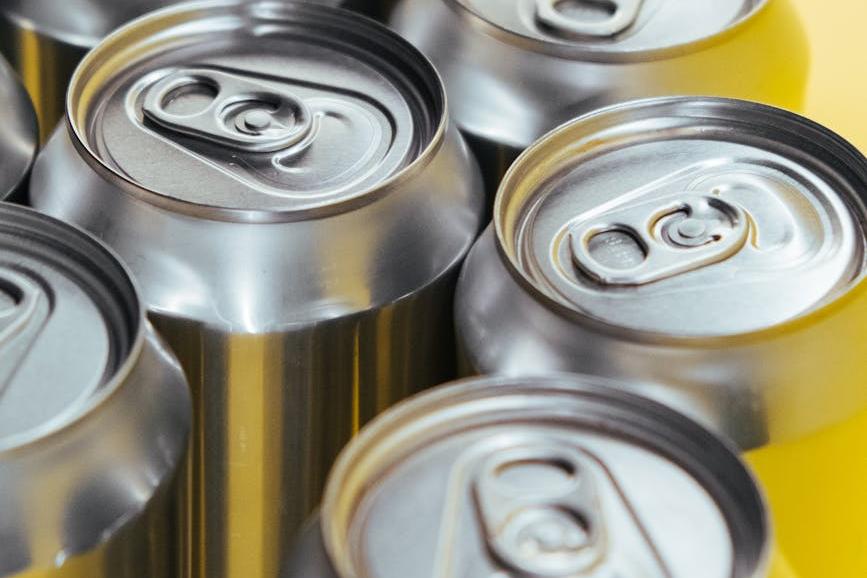- Shanghai Zhongshen International Trade Co., Ltd. - Two decades of trade agency expertise.
- Service Hotline: 139 1787 2118

When Craft Beer Meets Customs Regulations
Last year, a client enthusiastically imported 200 cases of Belgian Trappist beer, but during customs declaration, they directly translated Trappist Beer as 特拉普斯特啤酒, resulting in incorrect HS classification and an 18% overpayment in tariffs. This real case teaches us:Beer import is not simple goods circulation but precise alignment with professional regulations.
Three Essential Certificates and One Registration for Customs Clearance
- (Apply 30 days in advance): Must include alcohol business items; note some regions require separate alcohol licenses
- import and exportAuthorization Documents: The latest version of Foreign Trade Operator Registration Form and customs registration certificate are both mandatoryforeign trade: Complete on the General Administration of Customs Internet + Customs platform, with a registration cycle of about 10 working days
- Record - filing of Imported Food ConsignorTo be completed on the General Administration of Customs Internet + Customs platform, with an approval cycle of approximately 10 working days
- Alcohol distribution licenseHidden Checkpoints in Tariff Calculation
Taking common 330ml bottled beer as an example (2025 current tax rates):
Take the common 330ml bottled beer as an example (current tax rate in 2025):
| Tax Type | Tax Rate | Calculation Base |
|---|---|---|
| Tariff | 0% | CIF price |
| Value - added Tax | 13% | CIF price + tariff |
| Consumption Tax | 250 yuan/ton | Actual import volume |
Special attention:Beer with malt concentration exceeding 11°P is subject to specific duty of 14.5 yuan/literLast year, a craft beer importer paid an additional 70,000 yuan in taxes due to this regulation.
The devilish details of label compliance
- Mandatory elements for Chinese labels:
- Product name must include the term beer
- Original wort concentration and alcohol content must be labeled side by side
- Country of origin must specify the city (e.g., Munich, Germany)
- List of filing documents:
- Notarized translation of original labels
- Nutritional composition test report
- Production process flowchart
Three golden periods for logistics optimization
Our successful case studies show:Pre-review documents 72 hours in advanceCan reduce customs clearance time by 40%. Recommendation:
- Choose constant temperature container transportation (maintain 5-15℃)
- Avoid port congestion during Christmas season in Europe and America (November-December)
- Qingdao/Ningbo ports have dedicated fast channels for alcoholic beverages
Practical solutions to frequently asked questions
Q: Do imported beers require quotas?
A: Regular beers dont require quotas, but special categories with HS codes (like beer liqueur with alcohol content exceeding 20%) need licenses.
Q: Can individuals act as import agents?
A: Must operate through companies with alcoholic beverage business qualifications. Individuals cannot import food products.
Q: How to handle near-expiry beer?
A: Goods with less than 1/3 of shelf life remaining may be required for return shipment. Recommend specifying shelf life terms in contracts.
Revelations from real cases
Case 1: An importer translated Imperial Stout as 皇家黑啤, causing entire container detention due to sensitive terminology. After renaming to 特濃黑啤, customs clearance proceeded smoothly
Case 2: Undeclared bottle deposit was identified as underreported payment, resulting in additional tax + late fees reaching 15% of cargo value.
Case 3: Properly applying provisional tariff rates for declaring handcrafted beer saved 230,000 yuan in tariff costs
Twenty years of customs declaration experience tells me:Importing beer through customs is like pouring beer - haste creates foam, while professionalism fills the glassPrepare compliance requirements in advance and choose reliable agency services to safely enjoy the commercial benefits of global fine brews
Related Recommendations
Category case
Get in Touch
Email: service@sh-zhongshen.com
Related Recommendations
Contact via WeChat

? 2025. All Rights Reserved. Shanghai ICP No. 2023007705-2  PSB Record: Shanghai No.31011502009912
PSB Record: Shanghai No.31011502009912









